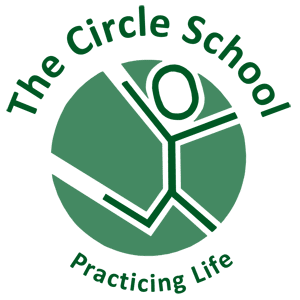
Widespread formal education has a short history, dating only to the mid-1800s in the US, with high school catching on only towards the end of the century. During that 150-year history, two educational movements have dominated: traditional and modern.
We will briefly examine both, then turn to the emerging movement: integral.
Traditional Education

Traditional education, once predominant but now less common, regards children as empty vessels, education as the process of filling those vessels, and teachers as the source of knowledge and discipline.
Key practices of traditional education are:
- drill and practice
- rote memorization
- absolute authority of the teacher
Traditional education emphasizes “the three R’s”, facts and figures, and assimilation of cultural norms. It primarily served agrarian and early industrial society, where basic literacy and an ability to follow instructions or complete repetitive tasks were valuable workforce skills. Today, even many traditional-looking institutions — public and parochial schools, military academies, and even “back to basics” curricula — have incorporated modern or progressive elements as the needs of society have changed.
Modern Education
Modern education, which prevails today, is widely accepted as an improvement over traditional education. It generally seeks to define children’s cognitive developmental stages by age, and develop standardized curricula appropriate and relevant to those stages.
Modern education includes many of the methods used in traditional education, but also adds features such as: 
- A more humane environment
- Emphasis on the relevance of subject matter to student experience
- Hands-on activity designed to stimulate prescribed personal insights
Modern education focuses on individual and group problem-solving within a pre-defined framework, developmentally appropriate activities selected by a skilled teacher, and, often, a kindness and attention to individual students commonly thought to be lacking in traditional education. Note that modern education doesn’t devalue or exclude the methods of traditional education, but rather builds on them. Students of modern education at its best gain the knowledge and skills emphasized by traditional education, and then some.
This idea, that later educational models do not replace but instead include and transcend earlier models, is key as we turn to the emerging model of integral education.
